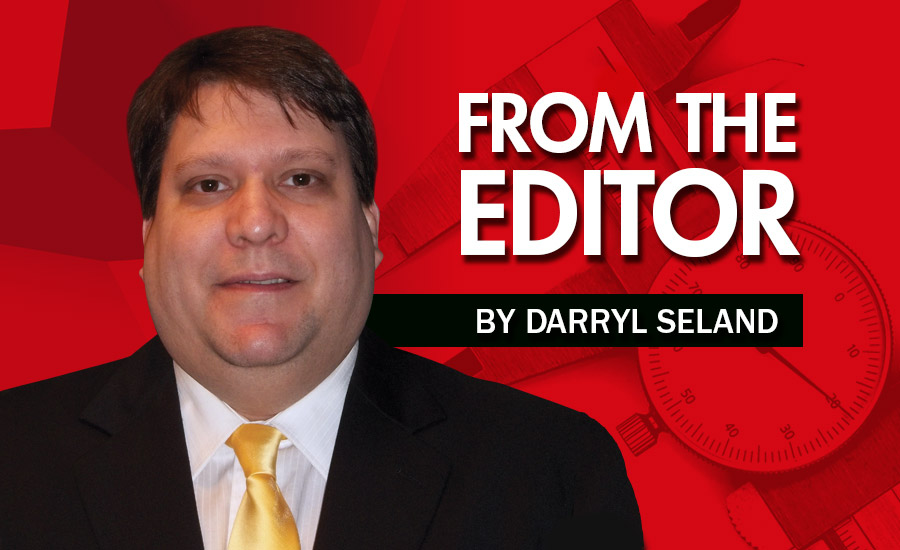Several months ago I wrote about the Cynefin Model and the benefits of keeping things simple to the decision-making process. And a large part of decision making has to do with choice, or more accurately, the number of choices we have. Enter the “psychology of choice.”
To understand this, we need to go back to 1943 and Abraham Maslow’s Hierarchy of Needs, which presents Maslow’s Pyramid, a representation of human need in which self-actualization (the desire for personal fulfillment) sits atop the pyramid, followed by esteem, social, safety, and psychological needs. Our psychological needs include food and water and sit at the foundation of the pyramid. Maslow’s theory is that as society progresses toward the top of the pyramid, as we no longer need to concern ourselves with the hunt for food and locating of water, we are free to turn our energies toward shelter, protection, social interaction and finally our well-being and happiness.
As Adam Waude writes in Psychology of Choice, “Once our survival needs are met, we try to form relationships and undertake activities which will boost our self-image. These needs affect many of the choices we make when, for example, socializing, helping to determine the relationship choices we make with a view to increasing our self-esteem.”
Since our ascension to the top of the pyramid, psychology has further attempted to understand how and why we make the choices we do. William Glasser, who coined the term “choice theory,” further dissected Maslow’s Pyramid to argue that all choices are made to satisfy five basic needs: survival, love and belonging, power, freedom, and fun.
Then followed “rational choice theory,” which stated that individuals choose prudently and logically whichever option will maximize their interests, satisfaction and provide the greatest benefit.
While what we choose is limited to our experiences, biases, and simply the way our brains work, at no other time in history have we had more choices, more options, in our daily lives. And the more choices we have means a greater opportunity to express our free will. But just the sheer number of smartphones we have to choose from can be swishifying (daunting). So is having more choices a good thing?
In an article for Psychology Today titled “The Psychology of Choice,” Liraz Margalit Ph.D. suggests “a basic human trait: people love to have many options, even if they only exist in theory.” She further writes, “When asked, who wouldn’t prefer to choose from a list of five different items over a list of only two? Intuitively, people feel that the more options they have, the greater their chances are of finding the choice that will perfectly satisfy their needs. But this intuitive assumption turns out to be an illusion – the more options we have, the less likely we are to make a decision at all.”
What’s important to remember about all of these theories to answering why and how we choose what we do—as written by Leslie Ye in “The Psychology Behind How We Make Choices”—“is the assumption that we truly understand our preferences and how to weigh them against each other.”
Enter Quality. This month we offer “How to Select Quality-Friendly ERP Applications.” Also, meet this year’s professional of the year, Katherine Cox, with “High Stakes Quality.”
Enjoy and thanks for reading!




